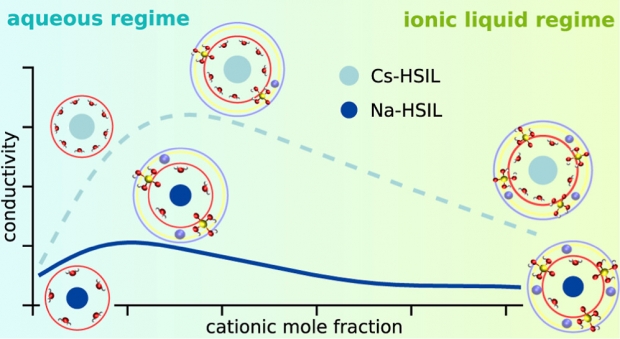The Tale of HORTON: Lessons Learned in a Decade of Scientific Software Development
Abstract
HORTON is a free and open-source electronic-structure package written primarily in Python 3 with some underlying C++ components. While HORTON’s development has been mainly directed by the research interests of its leading contributing groups, it is designed to be easily modified, extended, and used by other developers of quantum chemistry methods or post-processing techniques. Most importantly, HORTON adheres to modern principles of software development, including modularity, readability, flexibility, comprehensive documentation, automatic testing, version control, and quality-assurance protocols. This article explains how the principles and structure of HORTON have evolved since we started developing it more than a decade ago. We review the features and functionality of the latest HORTON release (version 2.3) and discuss how HORTON is evolving to support electronic structure theory research for the next decade. Keywords: quantum chemistry software, computational chemistry, Hartree-Fock method, model hamiltonians, Density Functional Theory (DFT) methods, numerical integration grids, periodic boundary conditions, Gaussian integrals, atoms-inmolecules partitioning schemes, Hirshfeld partitioning, population analysis, electrostatic potential fitting, parsing and converting computational chemistry file formats, theoretical chemistry Python library


 Open Access version available at
Open Access version available at